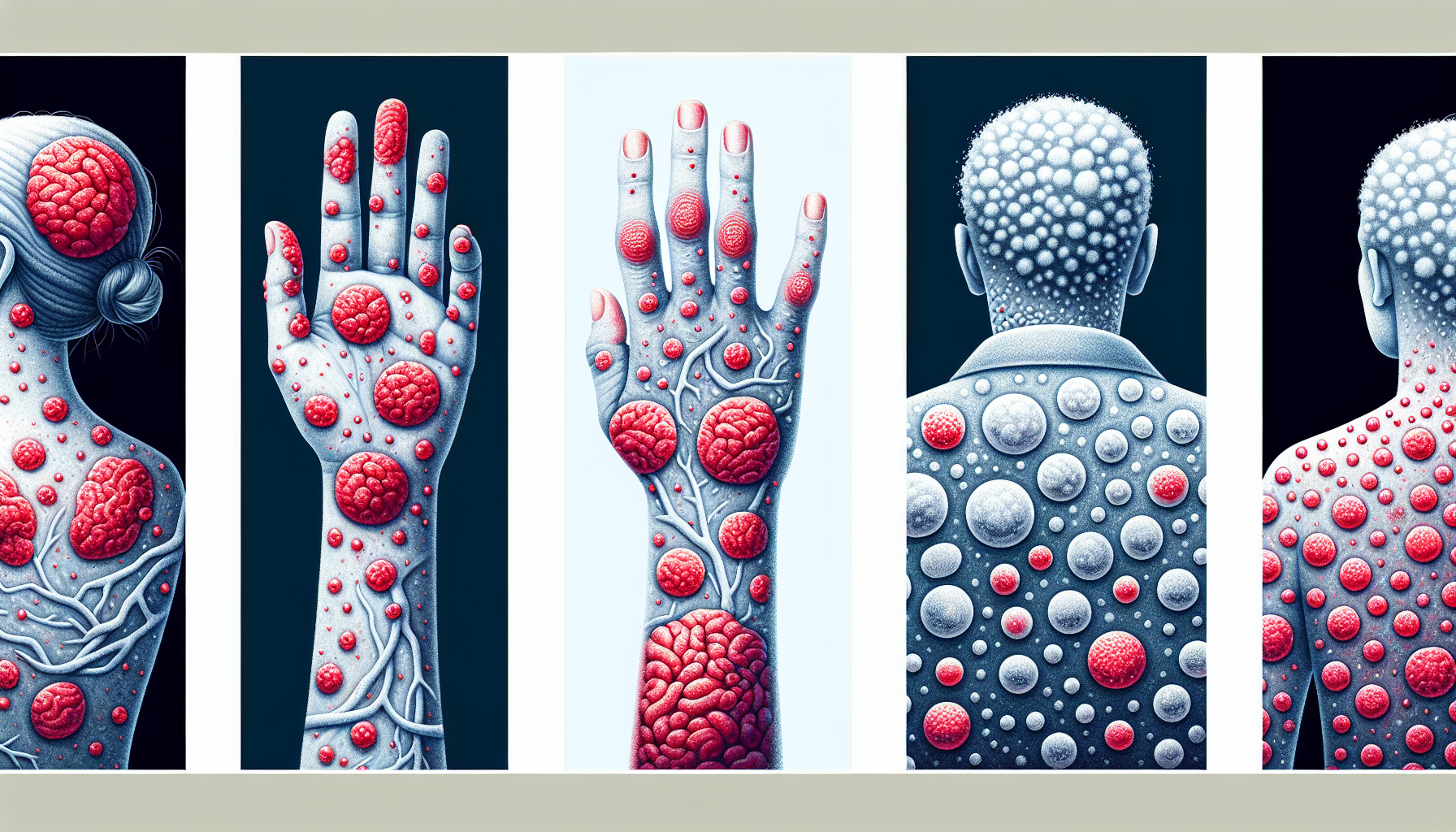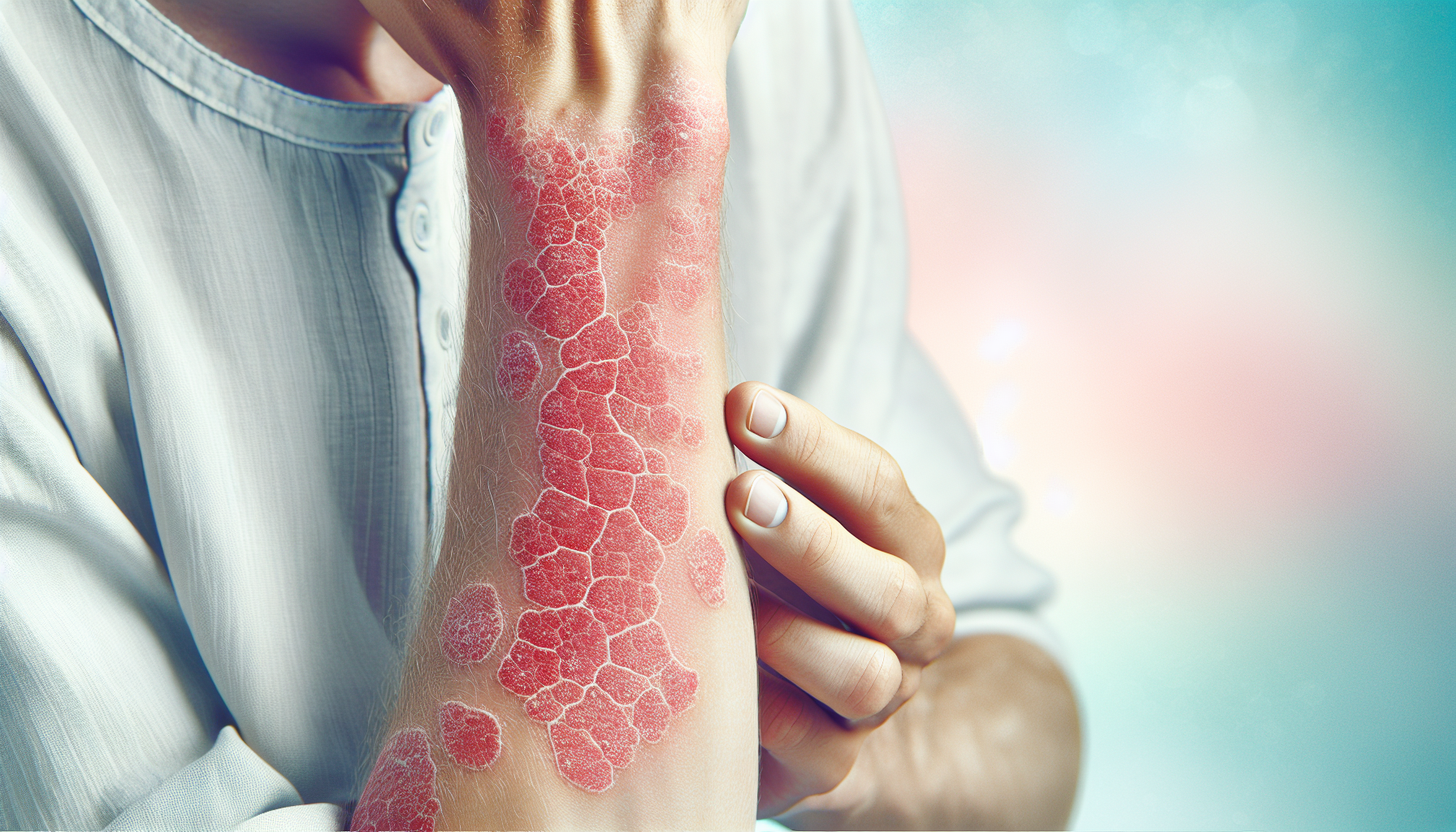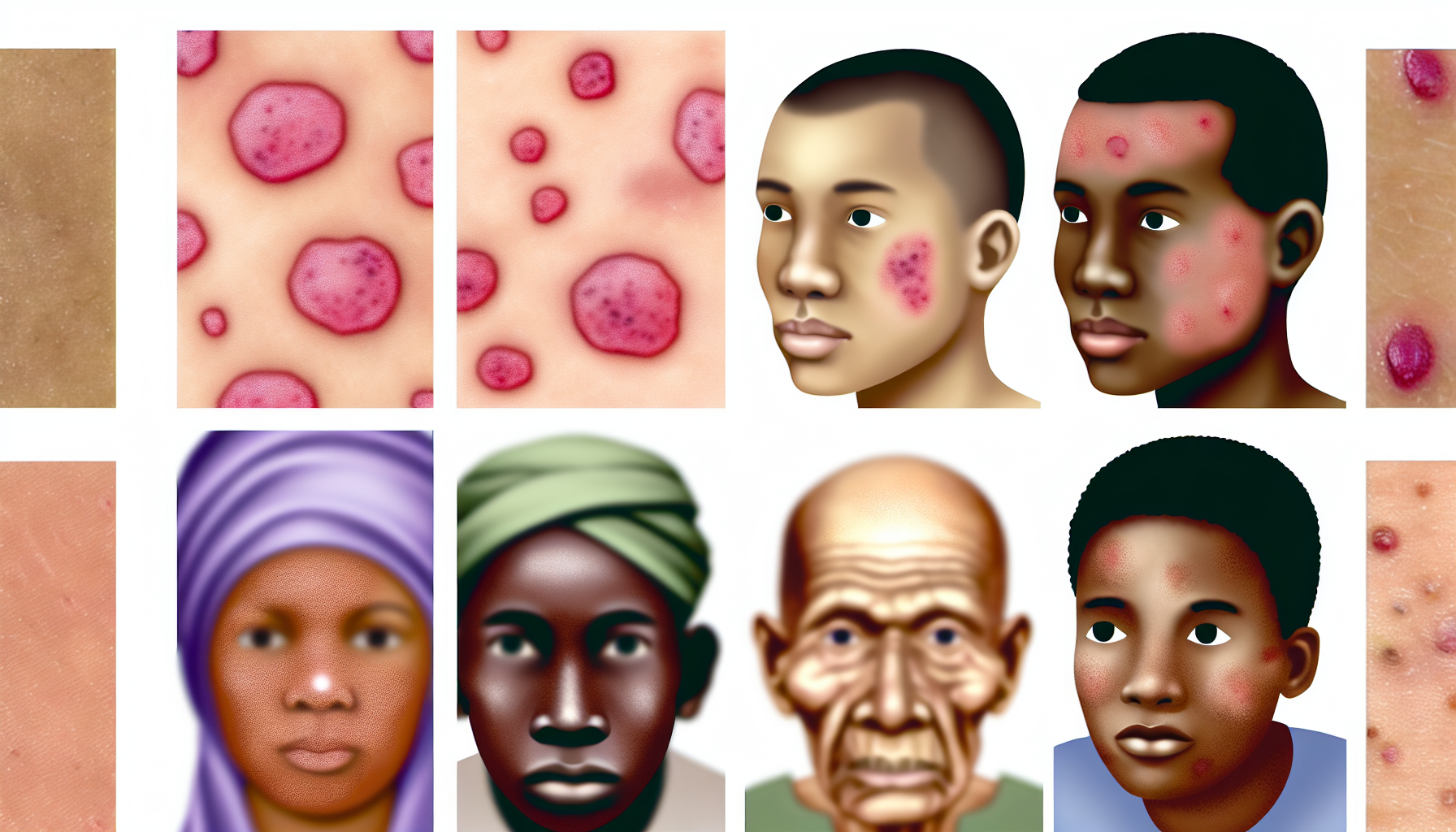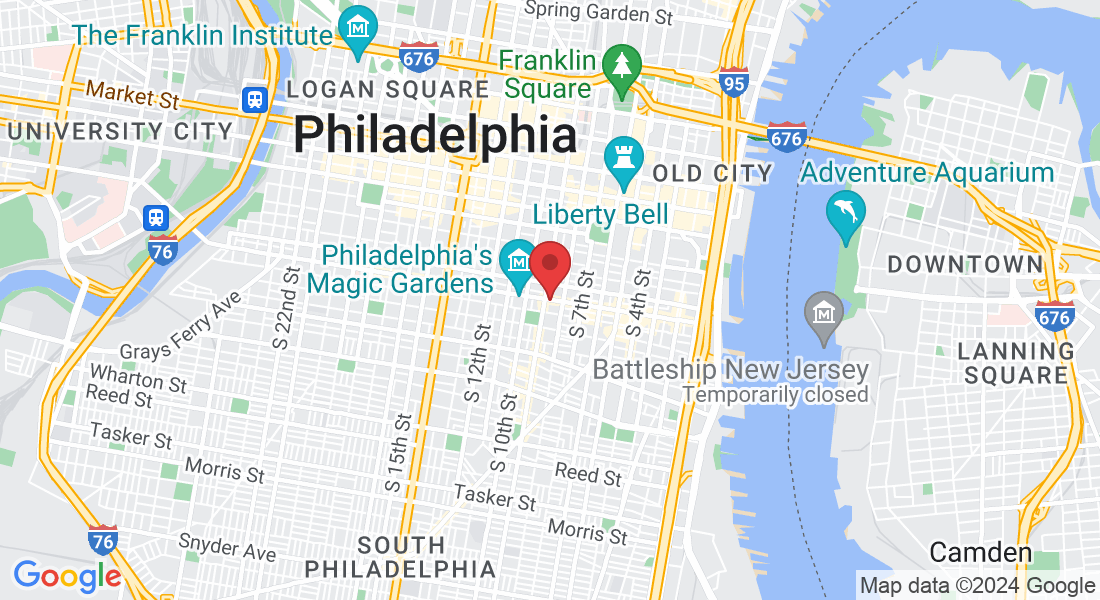Clear Skin With UVb Light Therapy
We treat autoimmune skin conditions and Vitamin D Deficiency with narrowband UVb Light Therapy.
Located in South Philadelphia.
Suffering from a condition like psoriasis, eczema, and vitiligo can feel isolating and overwhelming.
Maybe you avoid wearing short sleeves or shorts in public due to self-consciousness about visible psoriasis patches.
Perhaps you steer clear of swimming pools or beaches to avoid drawing attention to affected skin.
Do you decline invitations to social gatherings or events where skin exposure is expected, fearing judgment or stares.
Maybe it's difficult for you to have intimate relationships or physical contact for fear of rejection or discomfort caused by skin conditions.
Do you find reasons to opt out of activities like sports or exercise classes where skin may become irritated or aggravated, exacerbating psoriasis symptoms.
UV Light Philly offers innovative narrowband UVb light therapy, providing relief and confidence to individuals affected by various skin conditions like psoriasis, eczema and vitiligo, as well as Vitamin D deficiency.
Psoriasis & Eczema
UV light therapy offers effective treatment for psoriasis and eczema, targeting affected areas with controlled exposure to ultraviolet light to reduce inflammation and promote skin healing.
Vitamin D Deficiency
Vitamin D deficiency leads to muscle pain, weak bones, fatigue, weight gain, difficulty sleeping, dizziness, irregular heart beat, poor wound healing, recurring infections and cognitive issues.
Vitiligo
UV light treatment for vitiligo involves exposing the affected skin to ultraviolet light, which stimulates melanocyte activity, leading to repigmentation of depigmented patches and improving the appearance of the skin.
List of Conditions
Dermatitis, Pruritus, Lichen Planus, Pityriasis Rosea, Cutaneous T-cell Lymphoma, Mycosis Fungoides, Granuloma Annulare, Graft-Versus-Host Disease (GVHD), Atopic Dermatitis and more
Why Narrowband UVb Light Therapy?
UV Light Therapy is ideal due to its non-invasive nature, effectiveness in treating various skin conditions, and minimal side effects compared to other treatment options, offering a safe and reliable solution for improved skin health and quality of life.
UV Light Therapy avoids the mess with creams and the untoward side effects of biologics. On average UV Light Therapy is faster and less expensive than other treatment options.
UV Light Therapy is ideal for chronic Vitamin D deficiency that doesn't respond to supplementation.
Plus we have options for you to continue treatment therapy at home.
Why Come To UV Light Philly?
UV Light Philly makes treatment easy and accessible.
UV Light Therapy is a time commitment requiring treatment 2-3x per week.
You shouldn't have to spend more time looking for parking
and waiting for your appointment to start than the actual treatment.

Advanced Equipment
Top of the line and most advanced photo light booth on the market.

Self Scheduling
Schedule yourself to get the dates and times you want up to one month in advance.

Extended Hours
We are open Monday through Friday with weekend hours for your convenience.

Free Parking
We have free parking in our lot at our facility, so you can be in and out as quickly as possible

Referrals Not Required
You do not need a referral to use our light booth, simply start with a consultation with our team.

Insurance Accepted
HSA/FSA funds accepted. Membership plan available.
Medicare and Medicaid
Aetna, Highmark, Tricare, IBX, Health Partners, UHC, Humana, more available upon request
About UV Light Philly

Catie Harris
Nurse Practitioner
Catie is a board certified nurse practitioner with more than 20 years of experience.
Our mission at UV Light Philly is to help you look good and feel good in your skin.
Blog Posts

Decoding the Picture of Psoriasis: Identifying Symptoms and Understanding Treatment Options
Decoding the Picture of Psoriasis: Identifying Symptoms and Understanding Treatment Options
What does psoriasis look like? If you’re wondering about the red, itchy patches on your skin, this article is your visual aid in text form, providing a “picture of psoriasis.” We delve into the details of psoriasis symptoms and treatments, equipping you with the information you need to identify this condition. Find out what sets the inflamed plaques of plaque psoriasis apart and what makes guttate psoriasis unique, all in a clear, concise manner.
Key Takeaways
Psoriasis is an autoimmune disease causing rapid skin cell buildup, leading to various forms including plaque, scalp, nail, guttate, inverse, erythrodermic, and pustular psoriasis, each with distinct symptoms and requiring accurate diagnosis for effective treatment.
Psoriatic arthritis extends beyond skin afflictions to joint inflammation, impacting 30%-33% of people with psoriasis; treatment involves topical agents, light therapy, oral drugs, and biologics, with specific strategies for different psoriasis types and severities.
Early and accurate diagnosis is critical for optimal psoriasis management, which includes medical treatments, identification and avoidance of triggers, and lifestyle adjustments like stress management, regular exercise, and proper skin care.
Visual Guide to Psoriasis: Recognizing Symptoms Through Images
Psoriasis is a condition that accelerates the life cycle of skin cells, causing them to build up rapidly on the skin surface. This buildup of the skin cells build forms scaly patches that are often itchy and uncomfortable. Plaque psoriasis is the most common form, affecting 80% to 85% of cases. It is characterized by raised, red patches covered with a silvery-white buildup of dead skin cells. Another common type is guttate psoriasis. Recognizing these different types is essential, as early identification can hasten treatment and possibly ease symptoms.
The National Psoriasis Foundation posits that plaque psoriasis can be identified by red, raised patches frequently covered with silvery scales. However, the healing of psoriatic plaques often leads to skin discoloration, smooth patches appearing either lighter or darker than the surrounding skin. Hence, visual aids like psoriasis images are vital in distinguishing various psoriasis types and acknowledging their unique symptoms.
Plaque Psoriasis
The most prevalent type of psoriasis is plaque psoriasis, which is characterized by dry, raised skin patches adorned with gray or silver scales. This condition is commonly observed in many individuals. These inflamed, red patches may cause itching and burning sensations, adding discomfort to those affected. Interestingly, the degree of itchiness is a distinguishing factor between plaque psoriasis and another common skin condition, eczema. While the latter is associated with intense itchiness, plaque psoriasis typically causes only mild itchiness.
This form of psoriasis is an autoimmune disease, caused by a combination of genetic predisposition and environmental triggers such as infections, skin injuries, and certain medications. It’s noteworthy that several factors can worsen the condition, including stress, skin injury, excessive alcohol consumption, smoking, and even weather conditions.
Scalp Psoriasis
Scalp psoriasis is another form of the condition that notably affects the scalp. It presents symptoms such as silvery scales, itching, and dryness, which can lead to bleeding if scratched. The severity of scalp psoriasis varies, with mild cases resembling dandruff with small, thin scales, while moderate to severe cases involve raised, discolored plaques covering a larger area of the scalp.
Discerning scalp psoriasis from dandruff is vital for appropriate treatment. While both conditions can cause flaking, the plaques in scalp psoriasis are thicker and more distinct. The root cause of scalp psoriasis is a dysfunctional immune system, leading to an accelerated skin cell life cycle and the accumulation of cells on the scalp surface. The visible symptoms of the condition can also lead to social stress for the affected individuals.
Nail Psoriasis
Nail psoriasis is a common manifestation of the condition that can cause discoloration, abnormal nail growth, and in severe cases, crumbling of the nail. Diagnosis of diagnose psoriasis usually involves a physical examination by a healthcare provider, observing characteristic signs such as pitting, ridges, discoloration, crumbling, or thickening of the nails. In some cases, a nail biopsy may be necessary to confirm the diagnosis.
Like other types of psoriasis, nail psoriasis can be attributed to a combination of genetic, environmental, and immune factors. It can also be triggered by various conditions, including a bacterial infection, endocarditis, rheumatoid arthritis, and systemic diseases such as lupus erythematosus and antiphospholipid syndrome.
The treatment options for nail psoriasis are similar to those utilized for plaque psoriasis, but specific interventions may vary based on the severity and the individual’s response to treatment.
Guttate Psoriasis
Guttate psoriasis, often triggered by bacterial infections like strep throat, is a form of psoriasis that commonly affects children and young adults. It presents as:
Small, water-drop-shaped lesions on the trunk, arms, or legs
Small, pink-red spots on the skin, which may appear purplish on darker skin tones
Spots often accompanied by a fine scale
These symptoms commonly affect the trunk, arms, or legs.
Managing guttate psoriasis requires a combination of treatments to effectively treat guttate psoriasis, with topical steroids including moisturizers and steroid creams for mild cases, and phototherapy and oral medications for more severe instances. Remembering that the treatment plan should be tailored, taking into account the person’s overall health, age, and lifestyle is important.
Inverse Psoriasis: Hidden in Skin Folds
Inverse psoriasis, another form of the condition, notably affects skin folds, presenting as red and shiny patches of skin that can be very sore and irritated. Unlike other types of psoriasis, the lesions in inverse psoriasis are not typically raised, and scales are usually not visible because they often flake away due to skin-to-skin friction within the folds.
This form of psoriasis is triggered by several factors including medications, infections, alcohol consumption, and skin irritation. Its management includes identifying and avoiding triggers, using suitable topical treatments other medications like nonsteroidal anti-inflammatory drugs (NSAIDs), and maintaining proper hygiene to prevent or reduce the occurrence of sore and irritated skin within body folds.
Erythrodermic Psoriasis: A Medical Emergency
Erythrodermic psoriasis is a severe type of psoriasis that requires immediate, medical care and attention. It presents as bright red skin on lighter skin tones or dark purple on darker skin tones, and widespread shedding of the skin. Its symptoms encompass widespread red or purple skin, often extending over large areas of the body, accompanied by silvery scales and exfoliation in larger pieces than the small scales typical to most psoriasis.
This form of psoriasis is classified as a medical emergency due to its potential to disrupt the body’s own body temperature and regulation and necessitate hospitalization. Triggers include infections, low calcium levels, and abrupt discontinuation of systemic steroids or withdrawal from excessive use of strong topical treatments. Diagnosis typically involves a physical examination, looking for severe skin discoloration over large areas and skin shedding in sheets.
Pustular Psoriasis: Blisters and Complications
Pustular psoriasis is characterized by:
White bumps filled with pus, situated near or within red skin blotches
These often emerge on areas of scaly, flaky skin
Accompanied by discolored, thick, flaking, and peeling skin
Mild pain, redness, and inflammation
These painful, pus-filled bumps or pustules can manifest on inflamed or reddened skin.
A potential complication of systemic treatment of Pustular Psoriasis is dehydration, particularly when the condition affects a large area of the body, resulting in fluid loss from the eruption of pustules. It’s worth noting that this form of psoriasis can be triggered by various conditions including:
the sudden withdrawal of systemic steroids
infections such as Staphylococcus aureus
electrolyte imbalance such as hypocalcemia
reactions to certain medications.
Psoriatic Arthritis: Beyond the Skin
Psoriatic arthritis is a condition that goes beyond skin symptoms, affecting the joints as well. Being an autoimmune disease, psoriasis can result in the body attacking both the skin and the joints, often causing severe impact on the hands and nails. It’s estimated that between 30% and 33% of individuals who have psoriasis also develop psoriatic arthritis.
The symptoms of psoriatic arthritis can vary significantly due to the presence of five different subtypes, each with its own set of symptoms. Although there is no known cure for this condition, proper management and treatment can alleviate symptoms and improve the quality of life for those affected.
Treatment Options for Different Types of Psoriasis
Effective management of psoriasis involves a combination of treatment strategies. The available options encompass:
Topical treatments, which are applied directly to the skin
Light therapy, which uses ultraviolet or natural light
Oral medications, which are taken by mouth
Biologics, which are drugs that are derived from living cells and target specific parts of the immune system.
The primary course of action for managing psoriasis typically involves topical or light therapy treatments. However, in severe cases characterized by larger patches, systemic medications may be necessary. These treatments target psoriasis throughout the body, not just the surface of the skin.
Plaque Psoriasis Treatments
Plaque psoriasis, being the most common form, has a variety of treatment options. These may include:
Moisturizers: can help by reducing scaling, alleviating itching, and improving the visual aspect of psoriasis patches.
Light therapy: also known as phototherapy, can reduce skin inflammation and slow down the growth of skin cells.
Systemic medications: prescribed by a doctor, these medications work throughout the body to treat psoriasis from the inside out.
Systemic medications used in the treatment of plaque psoriasis include:
Adalimumab
Brodalumab
Certolizumab
Etanercept
Guselkumab
Infliximab
Acitretin
These medications work by targeting the underlying cause of psoriasis throughout the body, as opposed to just treating the surface of the skin.
Guttate Psoriasis Remedies
For guttate psoriasis, treatment includes:
Use of moisturizers and steroid creams for mild cases
Application of phototherapy and oral medications for more severe instances
Topical steroid creams like Westcort (hydrocortisone valerate 0.2%), Locoid (hydrocortisone butyrate 0.1%), Dermatop (prednicarbate 0.1%), and combinations of calcipotriene with betamethasone dipropionate can be effective.
Light therapy, also known as UVB phototherapy, can be beneficial for guttate psoriasis due to its ability for ultraviolet light to slow down the growth of affected skin and contribute to the improvement of the condition. Oral medications are recommended for more severe instances when topical treatments and light therapy may not be adequate.
Inverse Psoriasis Management
For inverse psoriasis, management includes identifying and avoiding triggers, using suitable topical treatments like nonsteroidal anti-inflammatory drugs (NSAIDs), and maintaining proper hygiene to prevent or to reduce inflammation and the occurrence of sore and irritated skin within body folds. The specific triggers for inverse psoriasis encompass skin rubbing against itself, trapped moisture in skin folds, certain medicines, infections, injury to the skin, stress, tobacco or alcohol use, and irritation from rubbing and sweating.
Emollients such as petroleum jelly, and moisturizers like:
Aveeno Skin Relief Fragrance-Free Moisturizing Body Lotion
CeraVe Psoriasis Cream
Codex Beauty Antü Skin Barrier Moisturizer
Curél Hydra Therapy Wet Skin Moisturizer
can help alleviate psoriasis symptoms.
Diagnosing Psoriasis: Differentiating from Other Skin Conditions
An early and precise diagnosis of psoriasis is vital for successful treatment. While psoriasis can be identified by well-defined, layered, scaly patches overlying redness, other skin conditions like eczema and dermatitis may present differently. A comprehensive skin examination is vital for differentiating psoriasis from other conditions.
A laboratory test known as a skin biopsy, specifically a punch biopsy, is utilized to distinguish psoriasis from other skin conditions by examining a small sample of affected skin under a microscope. Note that even though psoriasis is primarily diagnosed through a physical examination, in some instances, a biopsy might be necessary to confirm the diagnosis.
Tips for Managing Psoriasis at Home
Managing psoriasis goes beyond medical treatments. It also involves making lifestyle changes and adopting healthy habits. Stress, for example, can worsen psoriasis symptoms, leading to a complex cycle given that psoriasis can also contribute to heightened stress levels. To effectively manage stress, individuals with psoriasis can partake in relaxation techniques such as deep belly breathing, guided imagery, daily meditation, and yoga. Furthermore, integrating regular physical activities like brief walks and breathing exercises can assist in alleviating stress.
Regular exercise is key to managing psoriasis, as it aids in disease condition improvement, inflammation reduction, and healthy weight maintenance. Consistent physical activity plays a pivotal role in achieving better overall management of psoriasis symptoms.
Summary
As we’ve explored, psoriasis is a complex condition with multiple forms and implications for one’s quality of life. Its various types, including plaque, scalp, nail, guttate, inverse, and erythrodermic psoriasis, have distinct symptoms and require specific management strategies. Understanding these differences is crucial in seeking appropriate treatment and maintaining a healthy lifestyle. It’s important to remember that while psoriasis can be challenging to manage, with early diagnosis, effective treatments, and lifestyle modifications, individuals with psoriasis can lead fulfilling lives.
Frequently Asked Questions
What does psoriasis look like?
Psoriasis can appear as dry, scaly patches on the skin, ranging in color from pink on white skin to brown or gray on brown or black skin. The patches may be surrounded by inflamed skin and may cause discomfort. It can develop anywhere on the skin depending on the individual.
What are 3 symptoms of psoriasis?
The symptoms of psoriasis include patches of thick, red skin with silvery-white scales, nail changes such as pits and color alterations, and scalp plaques, scales, or crust. These symptoms can also include dry, cracked skin and thick, ridged, pitted nails, which may lead to poor sleep quality.
What is psoriasis caused from?
Psoriasis can be caused by triggers such as injury, sunburn, certain medicines, infection, stress, alcohol, or tobacco, and its hereditary nature can also play a role in its development. It is not contagious and can vary in severity over time.
What is the best way to get rid of psoriasis?
The best way to manage psoriasis is through treatments prescribed by a healthcare provider, such as special creams, medications, or other therapies. Additionally, maintaining overall health can help improve symptoms. Treating psoriasis may include the use of corticosteroids, immunosuppressive drugs, and topical ointments, with guidance from a pharmacist to ensure safety and effectiveness.
What are some common types of psoriasis?
Some common types of psoriasis are plaque, scalp, nail, guttate, and inverse psoriasis. These types can present different symptoms and may require tailored treatment plans.
Look Good, Feel Good In Your Skin
UV Light Philly offers you the ability to leverage the power of light therapy for treatment of autoimmune skin conditions.
Getting Started Is Easy
1. First Time Clients Schedule A Consult
2. Receive Your Treatment Plan
3. Start Self Scheduling Your Therapy
UV Light Therapy Available To You In South Philadelphia.
Get In Touch
Address
Office: 834 South St., Philadelphia PA 19147
Phone Number:
215-709-6149
Email: [email protected]
Hours
Mon – Fri 8:00am – 5:00pm
Sat & Sun – 10:00am - 3:00pm
Referrals
Want To Refer A Client?
Click Here to complete a Referral Form.
We will handle all insurance and billing matters and send you updates on your patient’s light therapy progress.
We ONLY do UV light therapy and send the client back to you for dermatological issues.
Office: 834 South St. Phila, PA 19147
Call 215-709-6149
Email: [email protected]
Site: www.UVLightPhilly.com







